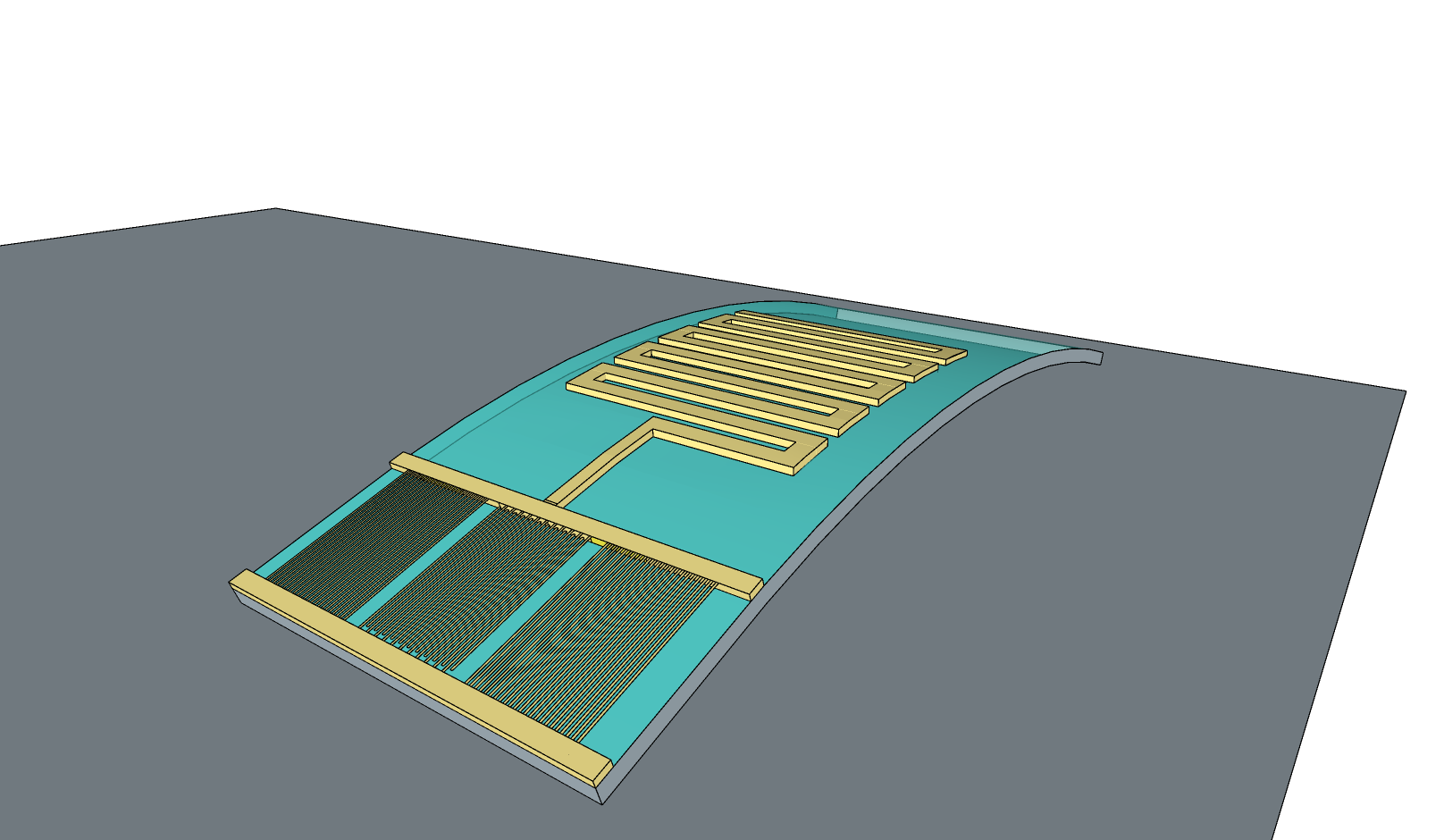Home



❮
❯
About us
nPEG is the NanoPhotonics andElectromagnetics Group belonging to the Dipartimento di Elettrotecnica ed Elettronica (DEE) of Politecnico di Bari (Italy). nPEG saw the light thanks to the wit and efforts of Professor Antonella D’Orazio, who has strongly encouraged the interdisciplinary cooperation among professors, researchers and PhD students and undergraduates. nPEG members work on the design, fabrication and characterization of optical and microwave devices, featuring over 20 years of experience.
Computational Nanophotonics
Computational Nanophotonics is a decisive matter of interest in nPEG since it covers the first step in designing and investigation of optical complex devices. The application of the physical theories to the actual problems is made throughout numerical models allowing the fast and accurate prediction of the final performance of active and passive devices. nPEG fixes this activity as a strong point around which starts the efficient design of novel photonic structures. Many analytical and numerical codes have been developed by nPEG, also exploiting parallel computing to solve full vectorial three-dimensional problems. At the same time several commercial codes are used to support the research activities. Post processing and data analysis are also performed in well-established mathematical environments.
The main home-made codes, based on different methods such as FDTD, FEM, BPM, MoL, TLM, TMM, have been devoted to the analysis of:
1. Rare-earth doped lasers and amplifiers for optical communication Second-order and third-order nonlinear processes for all-optical networks
2. Lithium niobate components for sensing and optical communication systems
3. Photonic band gap structures for light control, sensing and optical communication systems
4. Plasmonic circuitry for extraordinary optical transmission, light localization and trapping, photovoltaics.
Microwaves and Antennas
Microwaves and Antennas research covers various aspects of microwave and antenna engineering and propagation.
Besides traditional CAD applications on antennas and on passive electromagnetic circuits based on microstrip and waveguide components, the research activities of nPEG also focus on the analysis and design of innovative devices based on Electromagnetic Band Gap and metamaterials technologies, on the analysis of Micro Electro-Mechanical Systems (MEMS) and Micro Opto-Electro-Mechanical Systems (MOEMS), the interaction between EM fields and human beings, computational electromagnetics.
Nanophotonic Devices
Micro and nano engineering is today used for the design and fabrication of lasers, LEDs, optical amplifiers, sensors, components for communication systems, such as detectors, modulators, filters, switches and much more. nPEG Researchers have expertise in modelling, design, fabrication and characterization of optical devices based on different materials and technologies.
Graphene
Graphene, thanks to its excellent physical properties, continues to make possible new applications also in the field of telecommunications.
In cooperation with the researchers of the CNR Nanotechnology Institute (CNR-NANOTEC) we have engineered graphene for optically transparent microwave and optic devices. Among others, we created a completely transparent antenna based on graphene able to operate in the microwave range for future 5G technology. This result paves the way for a new generation of innovative devices such as invisible and hidden antennas for integrated smart windows, camouflage and photovoltaic systems.
